BACKGROUNDBone healing is a complex process involving early inflammatory immune regulation, angiogenesis, osteogenic differentiation, and biomineralization. Fracture repair poses challenges for orthopedic surgeons, necessitating the search
Tag: Hydrogel
Agreement Signing on Authorization of Rights under Petty Patent regarding “Nanoparticle Encapsulated Hydrogel Composition for Essential Oils and Preparation Methods”
Prof. Dr. Kaywalee Chatdarong, Vice President for Strategic Planning, Innovation and Global Engagement, Chulalongkorn University, and Mrs. Walairat Pongjitt, Director of Premier Innova Co., Ltd., Dr. Teerapong Yata, Managing Director of Premier Innova Co., Ltd., and Asst. Prof. Dr. Sirakarn Thitawat, Faculty of Veterinary Science, Chulalongkorn University, signed an agreement authorizing Premier Innova Co., Ltd., to exercise the rights under the petty patent regarding “The Nanoparticle Encapsulated Hydrogel Composition for Essential Oils and the Preparation Methods” owned by Chulalongkorn University.
Wound Treatment Gel Fights the Battle Against Antibacterial Resistance
Polymer-based hydrogels are used to treat skin ailments and in tissue engineering because of their ability to retain water, deliver drugs into wounds, and biodegrade. However, they are complicated to manufacture and not very resilient to external forces like rubbing against clothing, sheets, or wound dressings.
NUS scientists develop innovative magnetic gel that heals diabetic wounds three times faster
A team of researchers from the National University of Singapore has engineered an innovative magnetic wound-healing gel that promises to heal diabetic wounds three times faster, reduce the rates of recurrence, and in turn, lower the incidents of limb amputations.
The innovative magnetic hydrogel, which contains skin cells for healing as well as magnetic particles, takes a comprehensive ‘all-in-one’ approach to wound healing, accelerating the process on several fronts. To maximise therapeutic results, a wireless external magnetic device is used to activate skin cells and accelerate the wound healing process. A patent has been filed for this innovation.
Inhalable ‘SHIELD’ Protects Lungs Against COVID-19, Flu Viruses
Researchers have developed an inhalable powder that could protect lungs and airways from viral invasion by reinforcing the body’s own mucosal layer.

Hydrogel Injections Treat Antibiotic-Resistant Infections After Hip, Knee Replacements
In APL Bioengineering, researchers develop an injectable hydrogel that treats infections around prosthetics without the problems caused by current treatments. The black phosphorus-enhanced gel has a porous structure, excellent injectability, and rapid self-healing properties. Tests show it has good stability and low toxicity to tissue cells, and irradiating the gel with near infrared light causes it to release silver ions. This process was highly efficient at inhibiting S. aureus, common bacteria that cause disease in humans.
Study: New customizable, strontium-filled scaffold could improve dental implant healing
A team of University at Buffalo researchers has developed a new strontium-loaded scaffold that can be personalized to fit any size dental implant and could help improve healing and tissue attachment in patients.

Water-based gel to be tested as dressing for diabetic wounds
In early experiments, Jianjun Guan and his team found that after applying a single dose of their wound dressing into wounds in young diabetic mice, the wounds completely closed at day 14. Wounds that were treated only with the hydrogel or were untreated were reduced to roughly half of their original size.
Oxygen-delivering hydrogel accelerates diabetic wound healing
About one-fourth of people with diabetes develop painful foot ulcers, which are slow to heal due to low oxygen in the wound from impaired blood vessels and increased inflammation.
Bio-inspired hydrogel protects the heart from post-op adhesions
A hydrogel that forms a barrier to keep heart tissue from adhering to surrounding tissue after surgery was developed and successfully tested in rodents by a team of University of California San Diego researchers. The team of engineers, scientists and physicians also conducted a pilot study on porcine hearts, with promising results.
They describe their work in the June 18, 2021 issue of Nature Communications.
Microgel coating gives donor cells a boost in reversing pulmonary fibrosis
Researchers have shown that even after lung tissue has been damaged, it may be possible to reverse fibrosis and promote tissue repair through treatment with microgel-coated mesenchymal stromal cells.
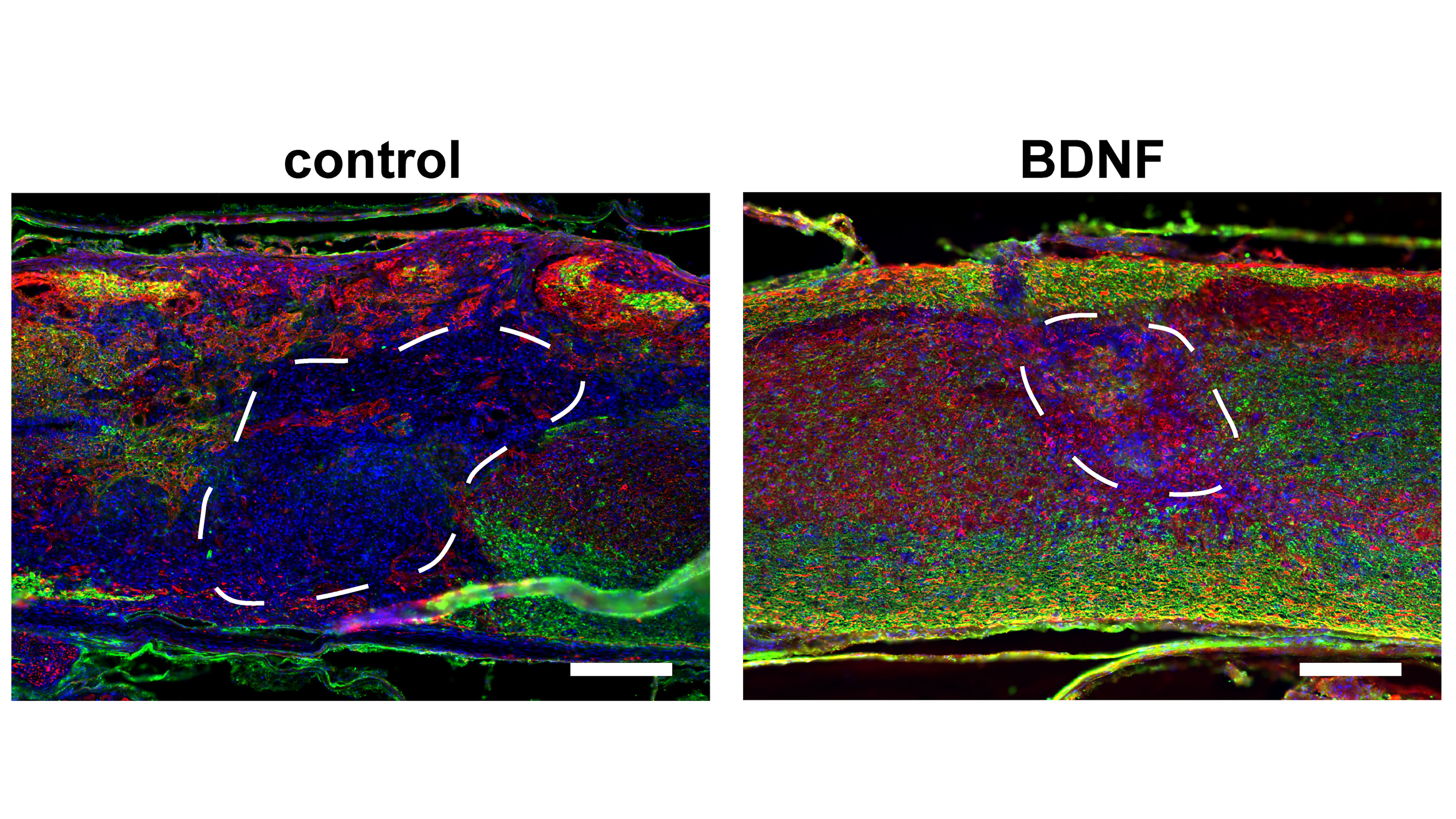
Injectable Porous Scaffolds Promote Better, Quicker Healing After Spinal Cord Injuries
In APL Bioengineering, researchers have developed materials that can interface with an injured spinal cord and provide a scaffolding to facilitate healing. To do this, scaffolding materials need to mimic the natural spinal cord tissue, so they can be readily populated by native cells in the spinal cord, essentially filling in gaps left by injury. The researchers show how the pores improve efficiency of gene therapies administered locally to the injured tissues, which can further promote tissue regeneration.
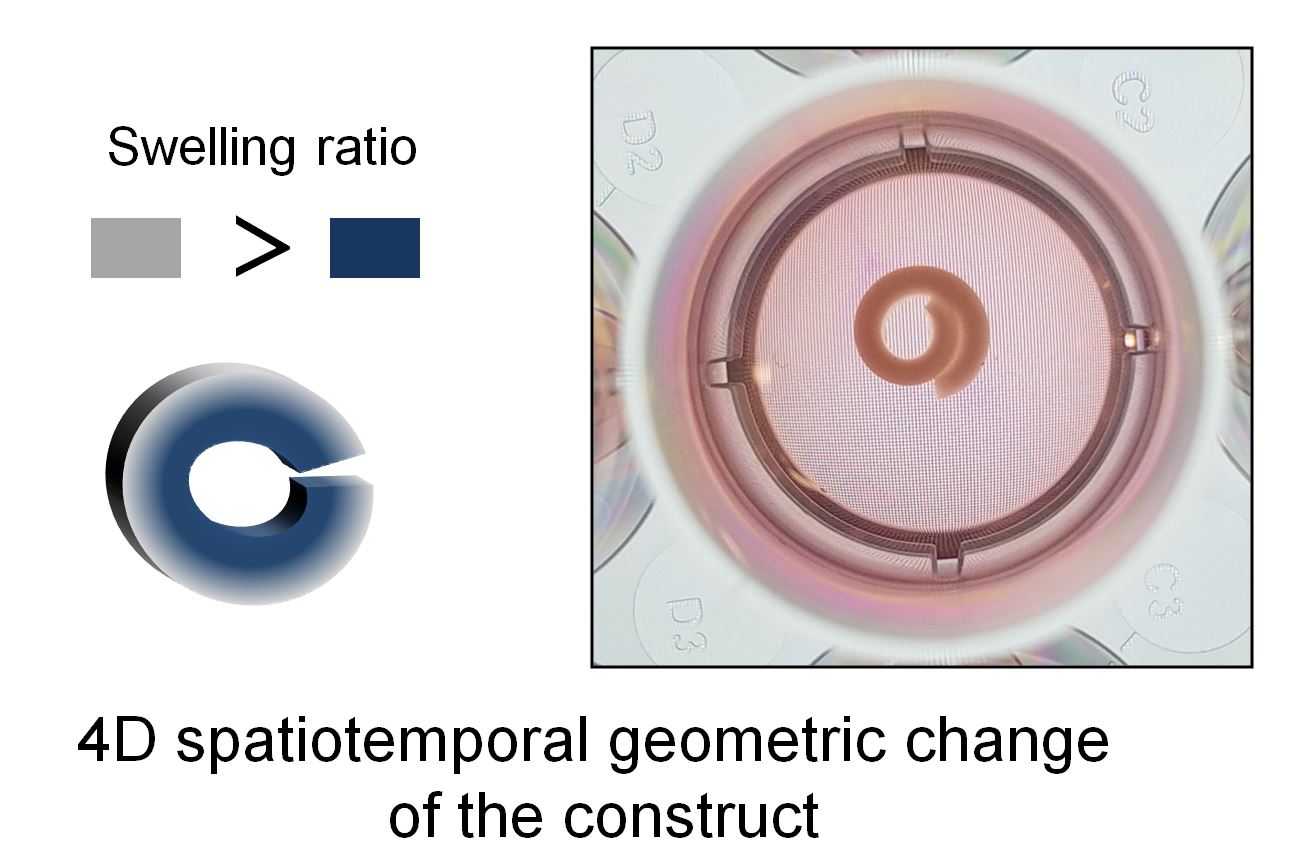
New shape-changing 4D materials hold promise for morphodynamic tissue engineering
New hydrogel-based materials that can change shape in response to psychological stimuli, such as water, could be the next generation of materials used to bioengineer tissues and organs, according to a team of researchers at the University of Illinois Chicago.
An mRNA vaccine for cancer immunotherapy
Researchers reporting in ACS’ Nano Letters have developed a hydrogel that, when injected into mice with melanoma, slowly released RNA nanovaccines that shrank tumors and kept them from metastasizing.
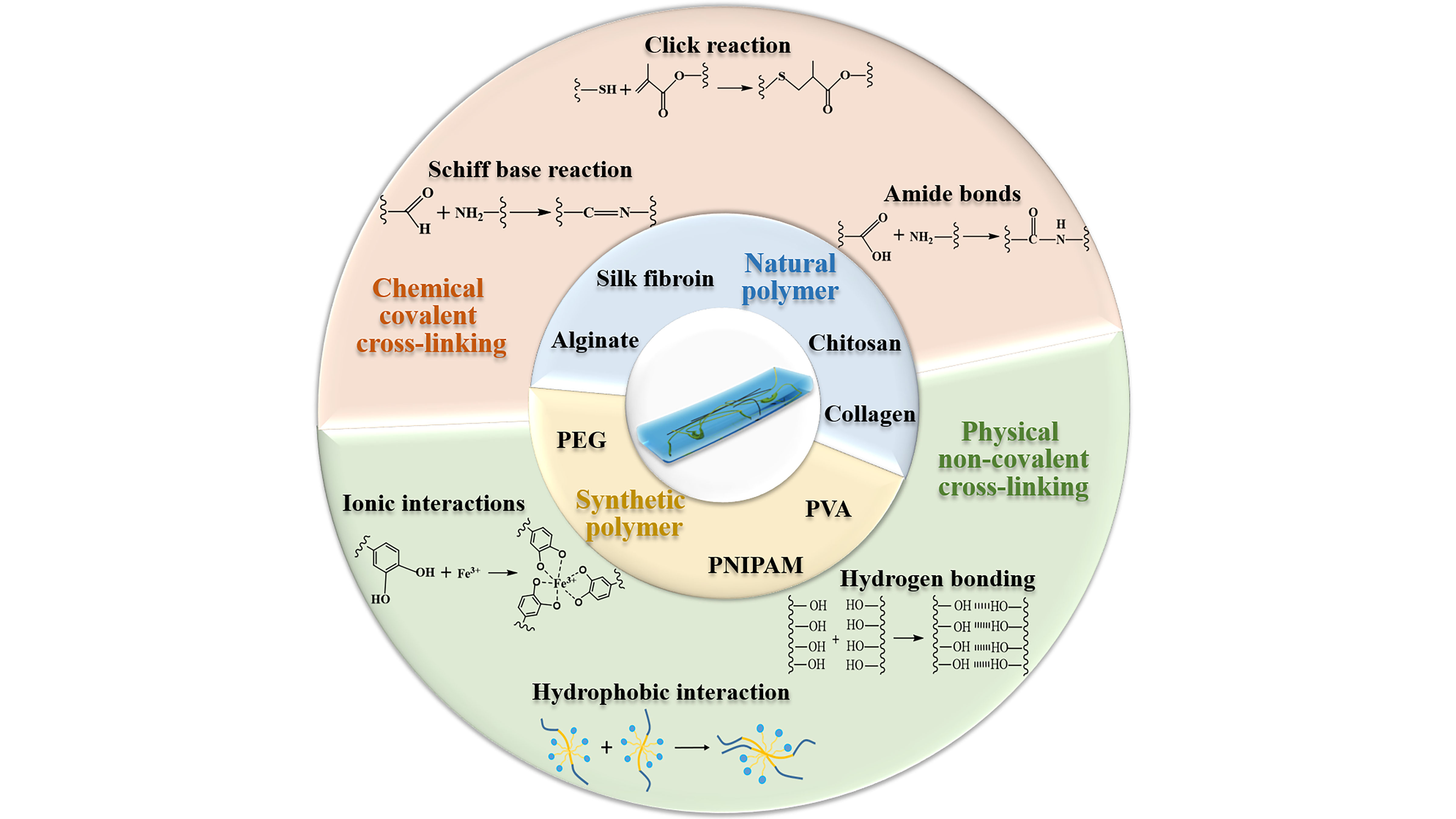
Hydrogel Promotes Wound Healing Better Than Traditional Bandages, Gauzes
For explosion wounds as well as some incurred in disasters and accidents, severe hemorrhage is a leading cause of death. Hydrogel dressings, which have advanced in recent years, may help; they are good at promoting wound healing and can better meet the demands of different situations. Many are antibacterial, biodegradable, responsive, and injectable and can fill irregularly shaped wounds. In APL Bioengineering, researchers in China examine some of the recent advances.
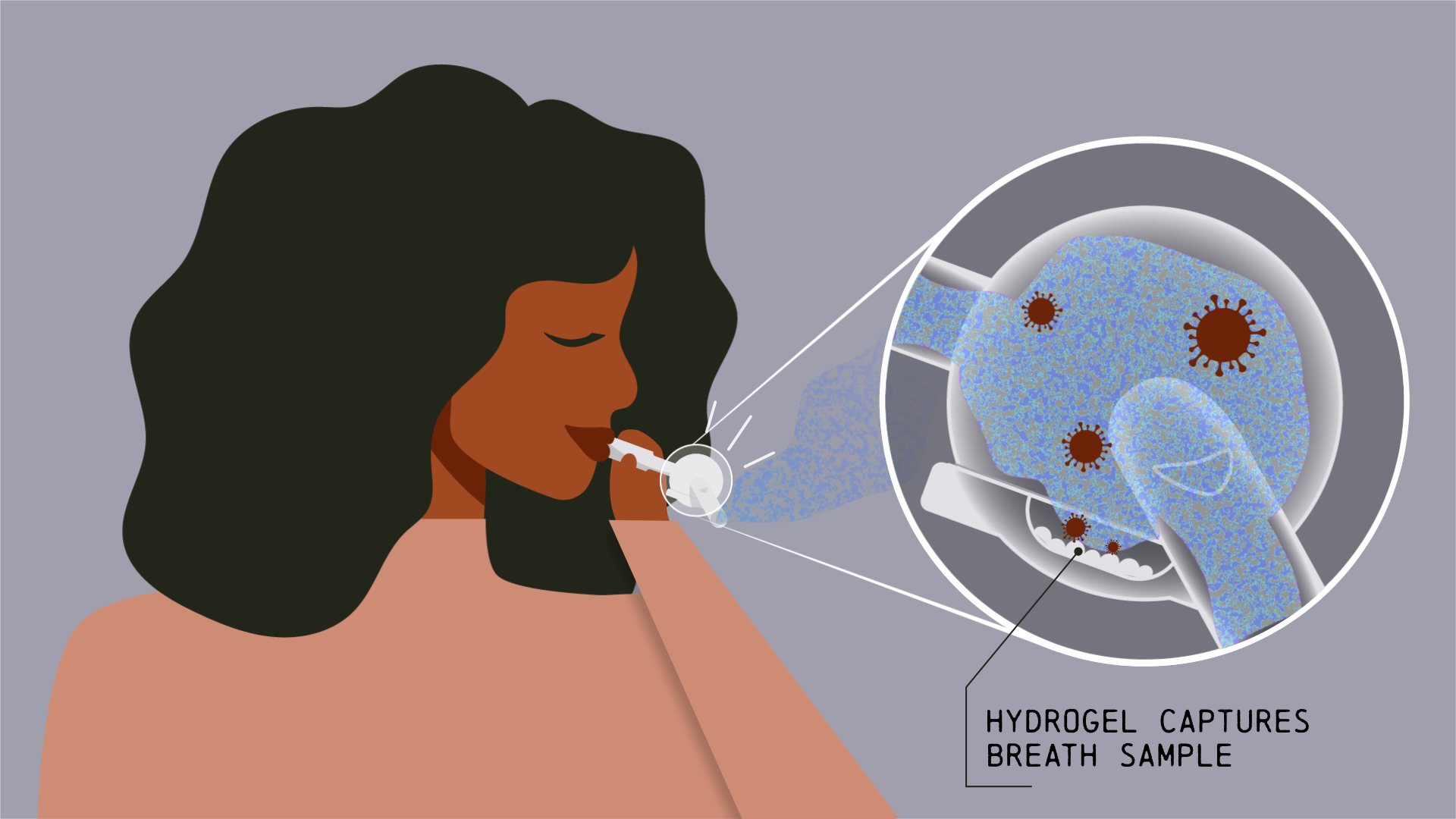
Story tips: COVID breath-sampling, welding advances and powered by water
ORNL story tips: COVID breath-sampling, welding advances and powered by water
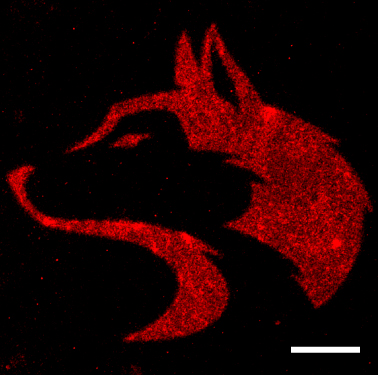
Researchers use lasers and molecular tethers to create perfectly patterned platforms for tissue engineering
University of Washington researchers developed a technique to modify naturally occurring biological polymers with protein-based biochemical messages to affect cell behavior. Their approach uses near-infrared lasers to trigger chemical adhesion of proteins to scaffolds made from biological polymers like collagen.
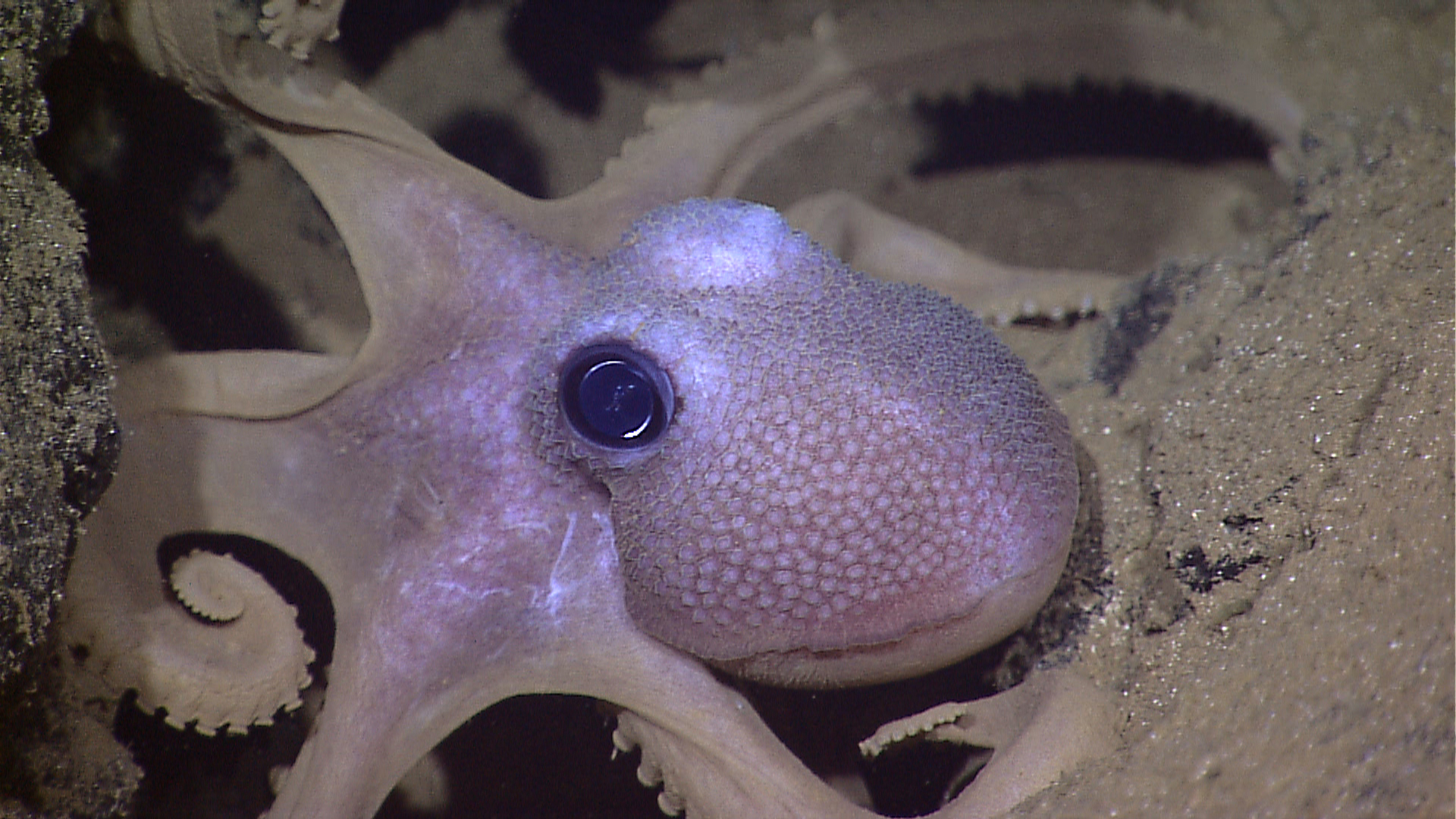
3D-Printed Smart Gel Changes Shape When Exposed to Light
Inspired by the color-changing skin of cuttlefish, octopuses and squids, Rutgers engineers have created a 3D-printed smart gel that changes shape when exposed to light, becomes “artificial muscle” and may lead to new military camouflage, soft robotics and flexible displays. The engineers also developed a 3D-printed stretchy material that can reveal colors when light changes, according to their study in the journal ACS Applied Materials & Interfaces.
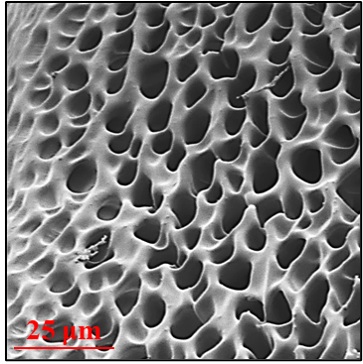
A hydrogel that could help repair damaged nerves
Researchers have developed a stretchable conductive hydrogel that could someday be used to repair peripheral nerves when there’s damage. They report their results in ACS Nano.
Injectable hydrogel could someday lead to more effective vaccines
Researchers reporting in ACS Central Science developed an injectable hydrogel that allows sustained release of vaccine components, increasing the potency, quality and duration of immune responses in mice.
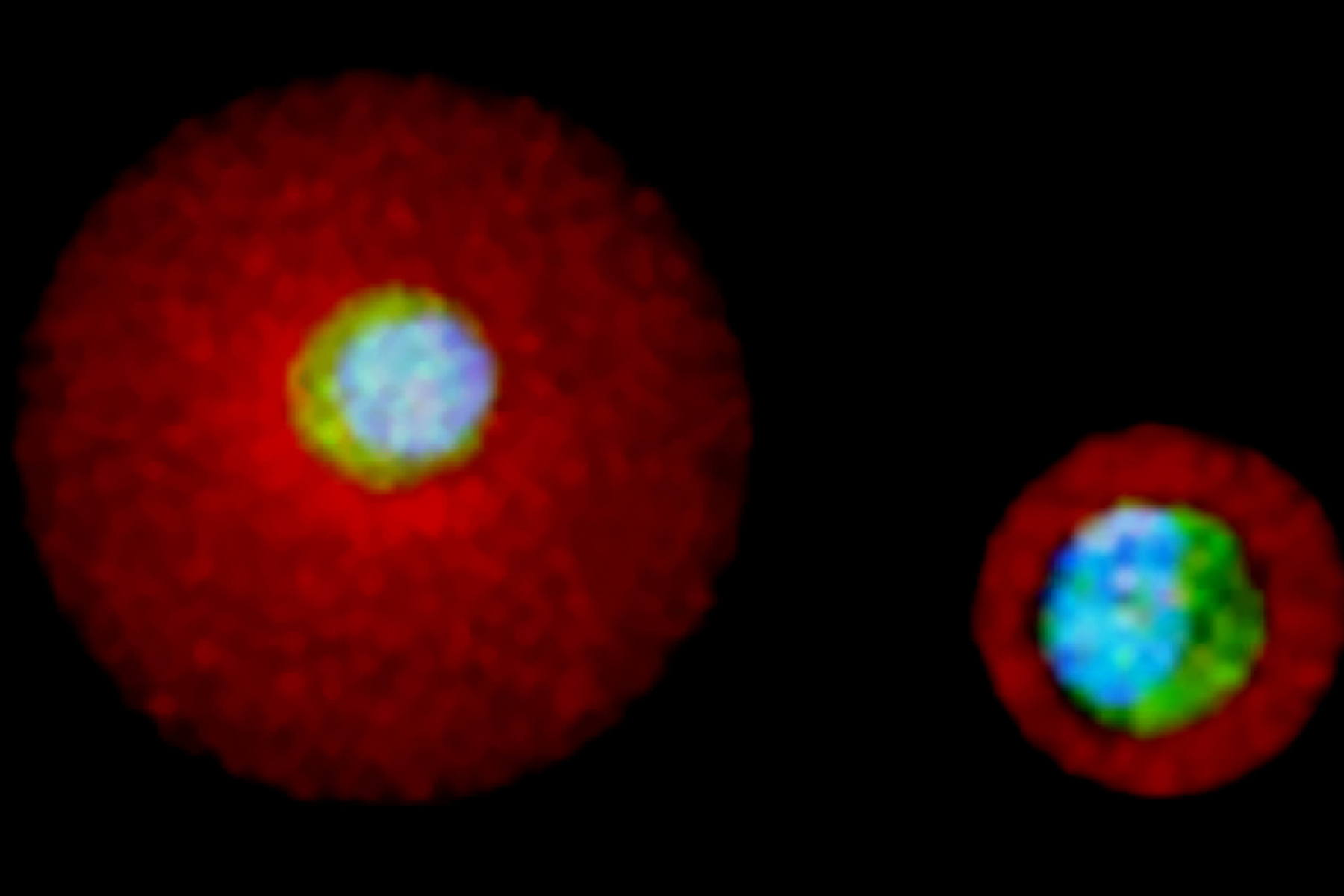
Coaxing single stem cells into specialized cells
Researchers at the University of Illinois Chicago have developed a unique method for precisely controlling the deposition of hydrogel, which is made of water-soluble polymers commonly used to support cells in experiments or for therapeutic purposes. The researchers noticed that their technique – which allows for the encapsulation of a single cell within a minute hydrogel droplet – can be used to coax bone marrow stem cells into specialized cells.
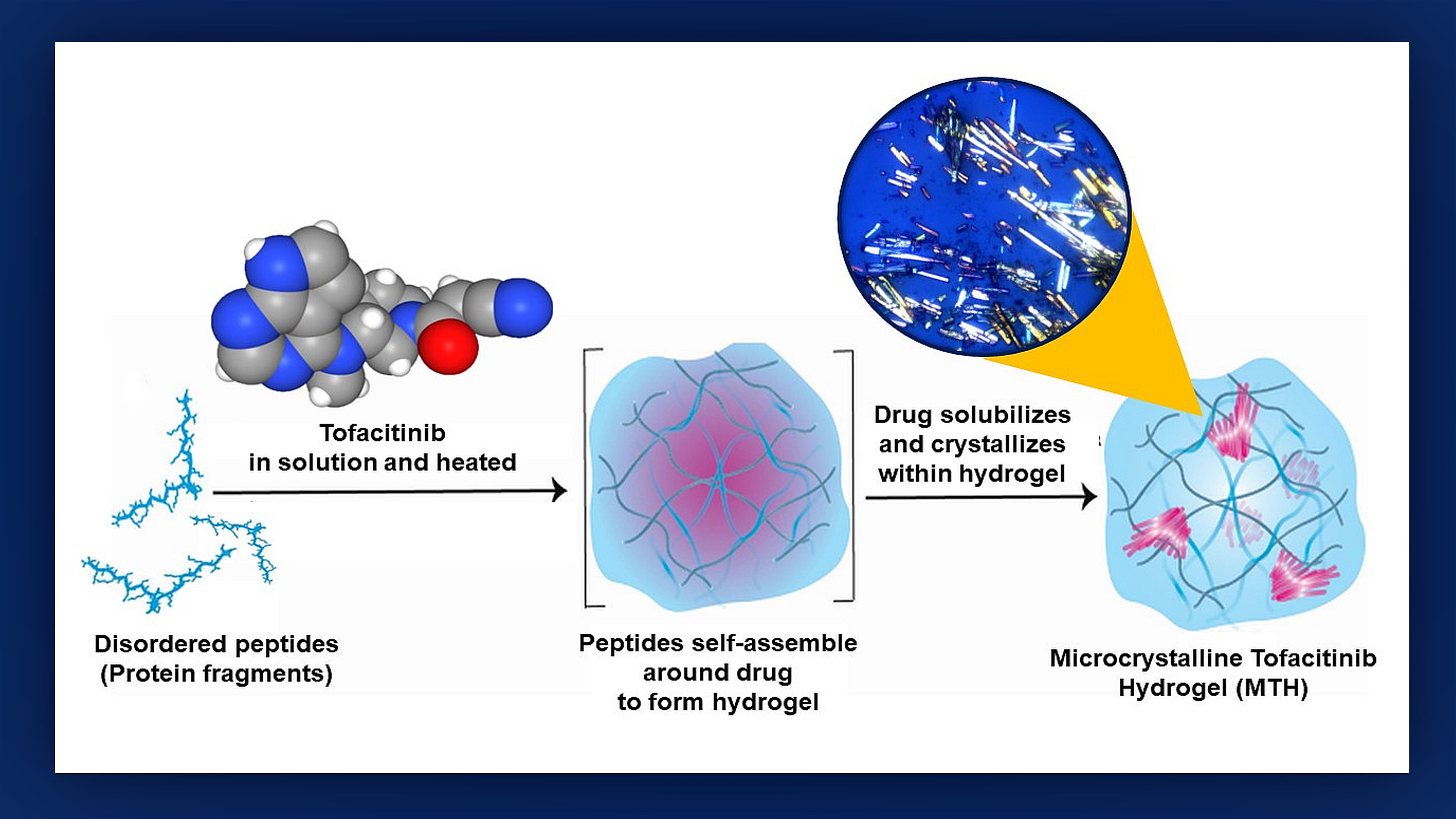
Tiny Biological Package Gets Drug Right To The ‘Heart’ Of Transplant Rejection
For patients who receive a heart transplant in the near future, the old adage, “Good things come in small packages,” may become words to live by. In a recent study, researchers at Johns Hopkins Medicine and the National Cancer Institute (NCI) demonstrated in mice that they can easily deliver a promising anti-rejection drug directly to the area surrounding a grafted heart by packaging it within a tiny three-dimensional, protein gel cocoon known as a hydrogel. Best of all, the researchers say that the release of the drug is spread out over time, making it highly regulatable and eliminating the need for daily medication to keep rejection in check.
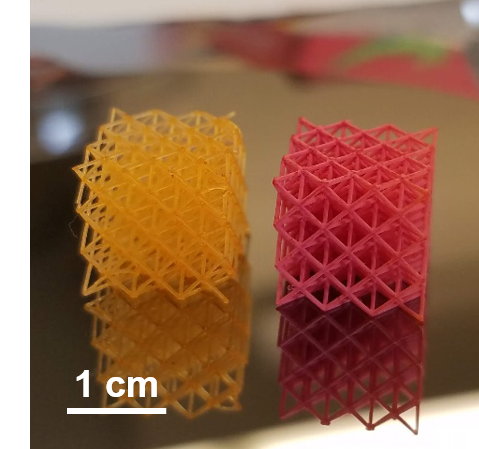
A Great New Way to Paint 3D-Printed Objects
Rutgers engineers have created a highly effective way to paint complex 3D-printed objects, such as lightweight frames for aircraft and biomedical stents, that could save manufacturers time and money and provide new opportunities to create “smart skins” for printed parts. The findings are published in the journal ACS Applied Materials & Interfaces.
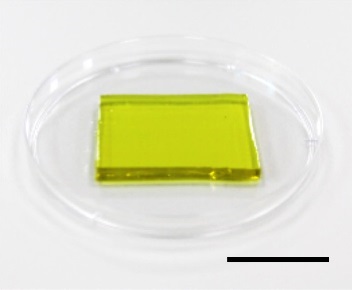
A new way to cool down electronic devices, recover waste heat
Using electronic devices for too long can cause them to overheat. Now, researchers reporting in ACS’ Nano Letters have developed a hydrogel that can both cool down electronics, such as cell phone batteries, and convert their waste heat into electricity.
Hydrogel Offers Double Punch Against Orthopedic Bone Infections
Surgery prompted by automobile accidents, combat wounds, cancer treatment and other conditions can lead to bone infections that are difficult to treat and can delay healing until they are resolved. Now, researchers have a developed a double-duty hydrogel that both…